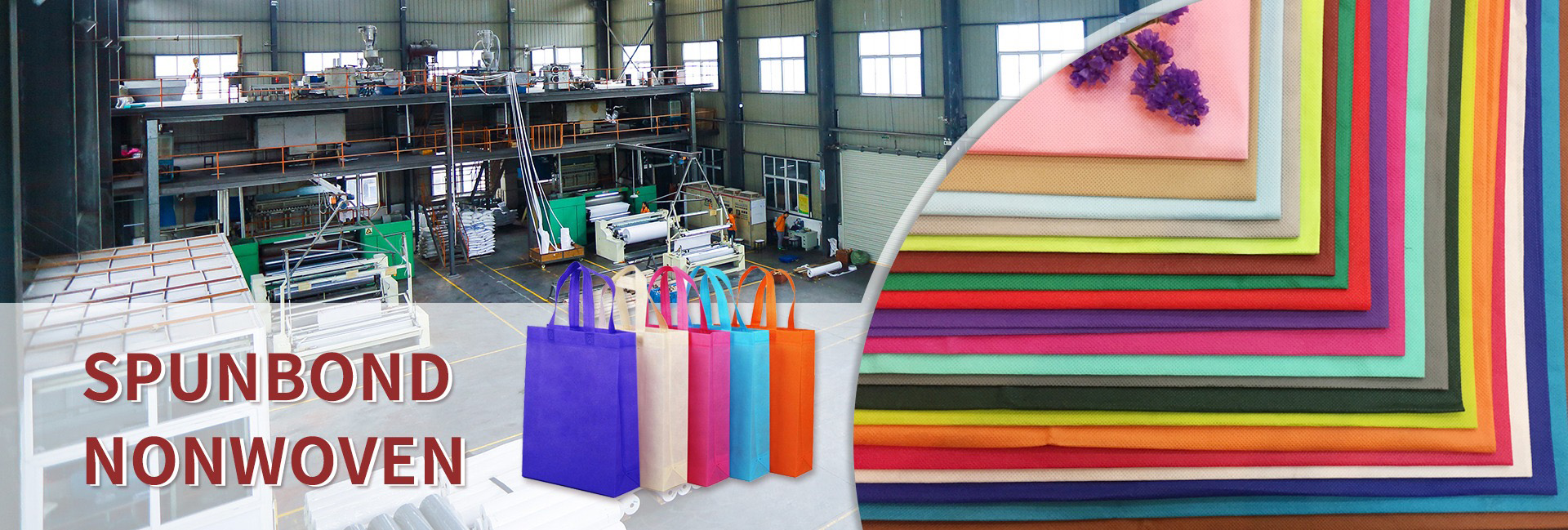Selecting the right filter material depends on temperature resistance, chemical compatibility, mechanical properties, and application-specific requirements. Here’s a detailed comparison of polyester (PET) and polypropylene (PP) filter fabrics, supported by industry insights and research:
Material Properties Overview
First, looking at the product pages for liquid filter bags like the DF series from 3M and DURAGAF from Eaton, both mention using polypropylene and polyester. The 3M DF series has a graded porosity structure with two layers, which might relate to material properties. Eaton’s DURAGAF series highlights increased thickness and reduced fiber migration, which could be material-specific benefits. The SENTINEL series also uses welded polypropylene and polyester, emphasizing chemical resistance and bypass-free construction.
Then there’s the academic paper about polypropylene nonwoven fabrics reinforced with POSS. It shows that PP can be enhanced for electret filters with better charge retention and mechanical properties. This suggests PP might be good for applications needing static charge, like air filtration.
| Property | Polyester (PET) | Polypropylene (PP) |
|---|---|---|
| Temperature Resistance | Up to 150°C (peak) | Up to 100°C (peak) |
| Chemical Resistance | Moderate acid resistance, good alkali resistance 11 | Excellent acid/alkali resistance, limited oxidation resistance |
| Mechanical Strength | High tensile strength, abrasion-resistant | Lower tensile strength but flexible, lightweight |
| Hydrophobic/Hydrophilic | Hydrophobic (repels water) | Hydrophobic (excellent moisture resistance) |
| Cost | Generally higher | Cost-effective for disposable applications |
Performance in Critical Applications
Applications like medical or food processing need FDA compliance, which both materials can offer as per some product descriptions. Dust filtration in high temps would use polyester, while liquid filtration with harsh chemicals might use PP.
Liquid Filtration
Polypropylene: Ideal for aggressive chemical environments (e.g., acids, solvents). Eaton’s DURAGAF and SENTINEL series use PP for its resistance to silicone and crater-forming substances, ensuring bypass-free filtration in paints, chemicals, and food processing .
Polyester: Suitable for alkaline solutions (e.g., water treatment) but less effective in strong acids. Siebec’s QUALIPOCHE M uses polyester for coarse filtration where moderate pH stability is required .
High-Temperature Environments
Polyester: Preferred for applications like industrial boilers or metal processing (up to 150°C). Dust filter bags made of polyester are common in cement plants and power stations .
Polypropylene: Limited to ≤100°C but can be enhanced with additives. Research shows PP/POSS composites improve thermal stability and electret properties for high-efficiency air filters .
Medical & Food-Grade Applications
Both materials comply with FDA standards when properly treated. PP is used in 3M DF series filters for food-grade liners, while PET is chosen for reusable medical drapes due to its durability .
Sustainability & Reusability
Polypropylene: Often disposable but recyclable. Siga Filtration’s AcuraBag XL uses PP for extended-life designs with dual-layer media, reducing waste .
Polyester: Washable and reusable (e.g., Siebec’s monofilament bags), ideal for prefiltration in pharmaceuticals .
Key Advantages & Limitations
Key factors to compare: temperature resistance, chemical compatibility, mechanical strength, cost, and application-specific needs. For example, in high-temperature environments, polyester might be better, but if chemical resistance to acids is needed, polypropylene could be preferable. The academic paper shows PP can be modified for better performance in filtration efficiency, which might be useful for electret filters.
| Material | Advantages | Limitations |
|---|---|---|
| PET | - High strength and abrasion resistance - Good thermal stability - Reusable in some designs |
- Limited acid resistance - Higher cost |
| PP | - Excellent chemical resistance - Lightweight and flexible - Low-cost production |
- Lower temperature tolerance - Prone to oxidation |
Recommendations by Industry
- Chemicals/Petrochemicals: PP for acid/alkali resistance (e.g., Eaton’s DURAGAF).
- Food & Beverage: PP or FDA-compliant PET for liquid filtration.
- Power Plants/Boilers: PET for high-temperature dust filtration.
- Pharmaceuticals: Reusable PET monofilament bags for sterile processes.
- Water Treatment: PP for cost-effective, high-flow filtration.
Innovations & Hybrid Solutions
PP/POSS Composites: Enhance charge retention (78% improvement) and filtration efficiency (97.36% for 0.3μm particles), ideal for electret air filters .
Multi-Layer Laminates: Combining PET and PP layers (e.g., 3M DF series) balances graded porosity and contaminant-holding capacity .
Conclusion
Choose Polyester for high-temperature, reusable, or mechanically demanding applications.
Choose Polypropylene for cost-sensitive, chemically aggressive, or disposable filtration needs.
For tailored solutions, consult manufacturers like Eaton, 3M, or Siebec, which offer material-specific certifications (e.g., FDA, ISO) and custom designs
Dongguan Liansheng Non woven Technology Co., Ltd. was established in May 2020. It is a large-scale non-woven fabric production enterprise integrating research and development, production, and sales. It can produce various colors of PP spunbond non-woven fabrics with a width of less than 3.2 meters from 9 grams to 300 grams.
Post time: Apr-14-2025

